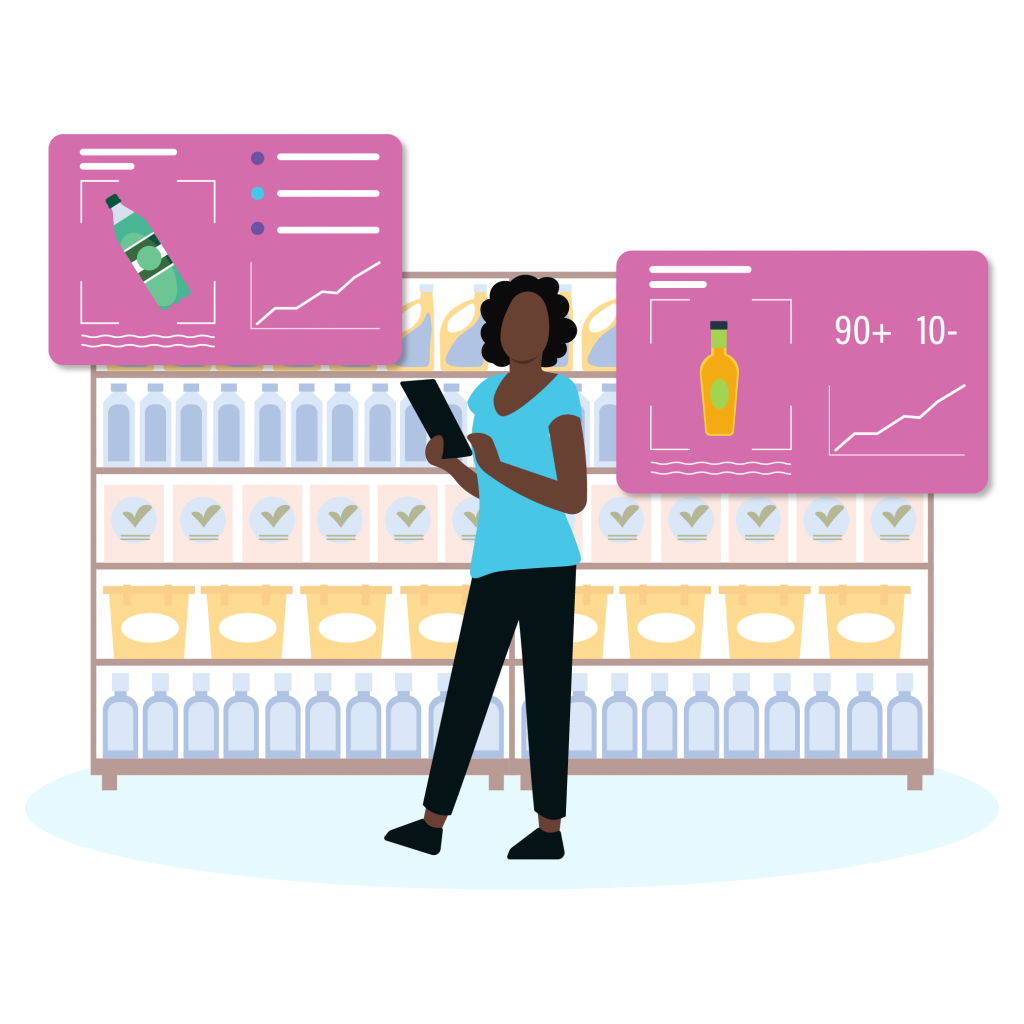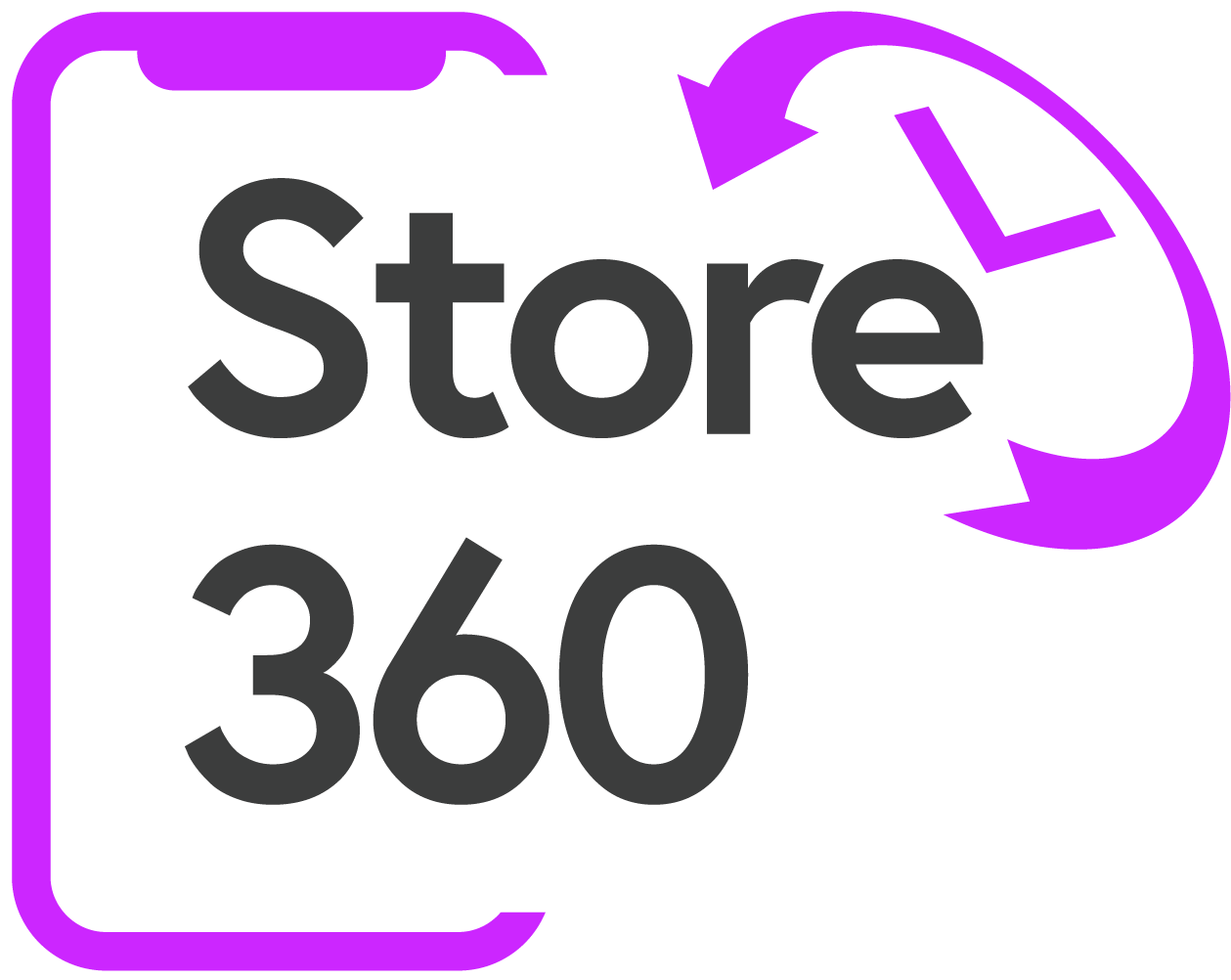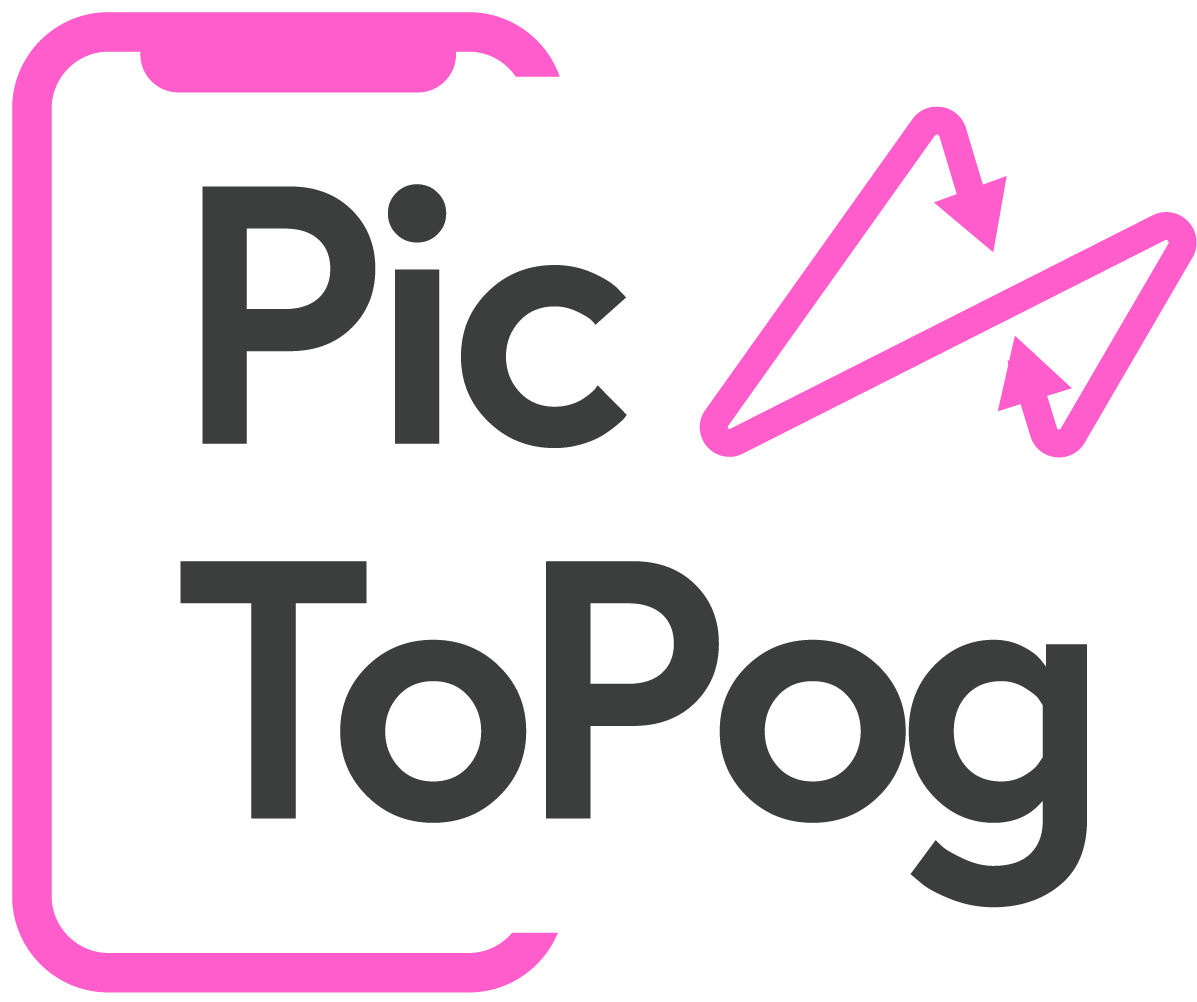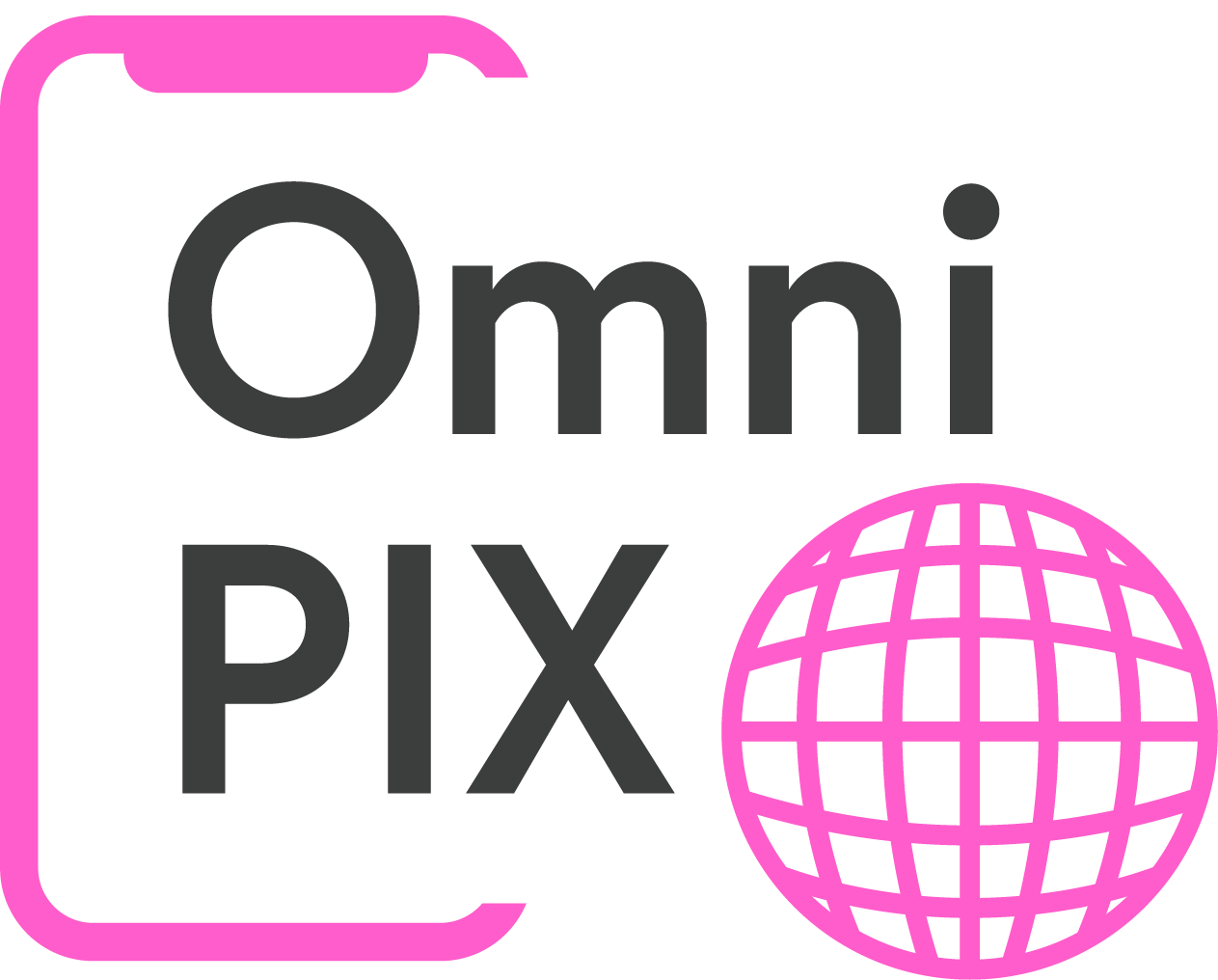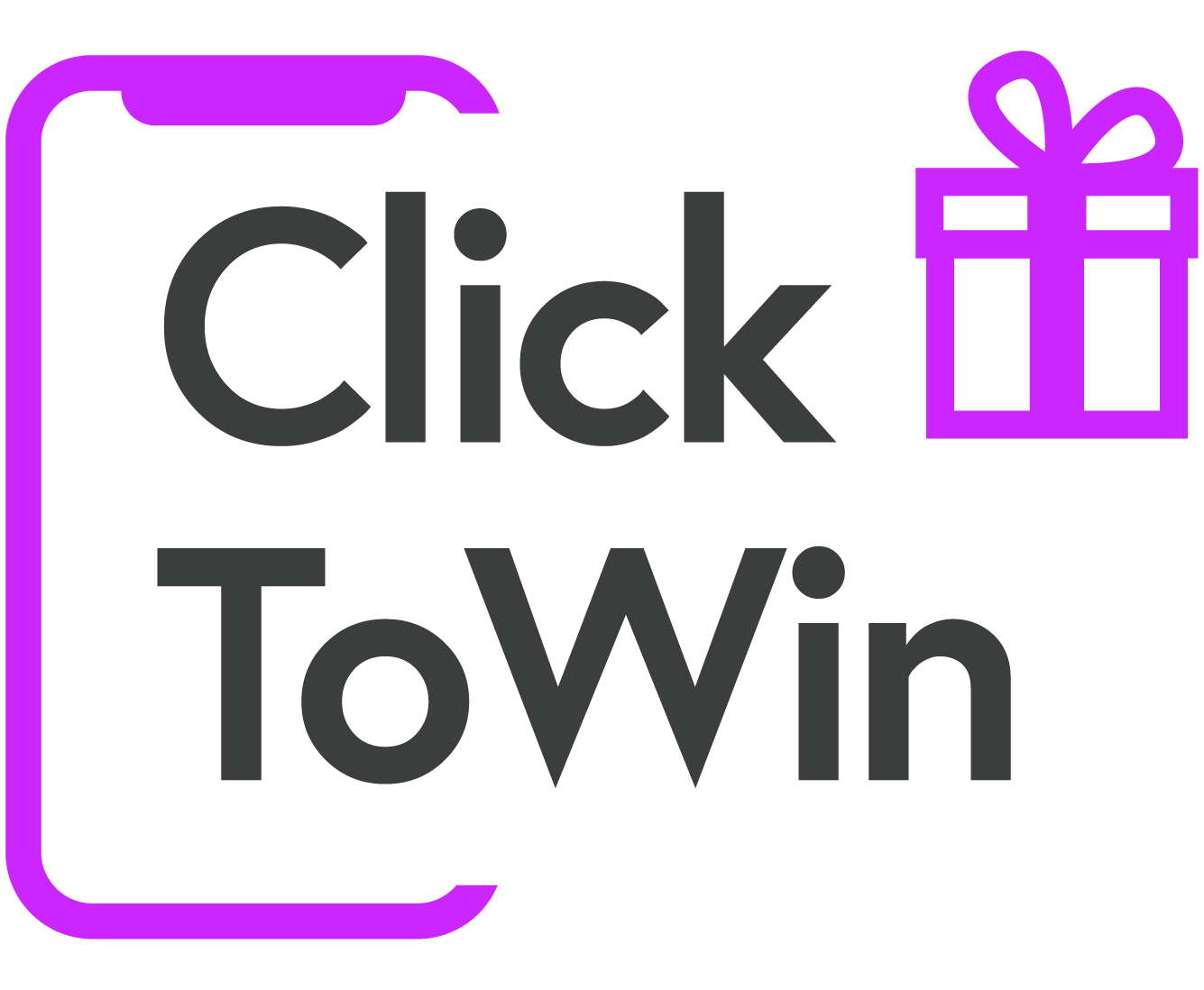Contract Negotiations
Defining CMA Negotiations
The Non-Alcohol Beverage industry subscribes to an annual CMA negotiation process. Cooperative Merchandising Agreement or CMA is when Retailers and Manufacturers negotiate a brand’s shelf and promotional presence for the upcoming year. Negotiations normally begin in the summer for larger manufacturers and look to wrap up shortly after the NACS (National Association of Convenience Stores) trade show in October. Stores typically reset during the first quarter of the following year-January-April.
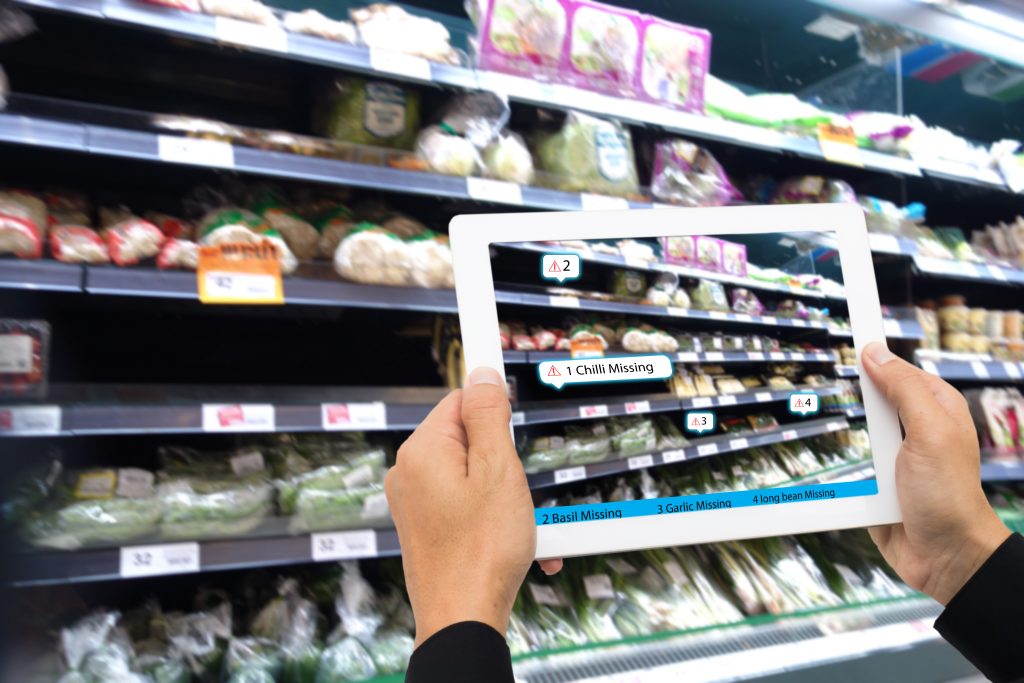
The Problem
Brand performance, outlined during these negotiations, are reliant upon how much space is allocated to a brand, it’s position on the shelf and on-shelf availability throughout the year. If a brand is under represented on the shelf, or a new item isn’t merchandised correctly, velocity of the brand and item can suffer from out of stocks or lack of visibility. If promotions are not executed properly, brand performance can also suffer. Negotiations are often settled using poor data and misleading insights.
The Solution
There are several solutions Maxerience offers to help Manufacturers with CMA negotiations. Specifically, solutions that help understand the impact of shelf space, positioning and promotional execution. Utilizing AI-Image Recognition technology, state-of-art image catalog and business engine tools, Maxerience is perfectly positioned to bring insights for brands, competitors, and the overall category to help facilitate productive CMA negotiations. These tools can help develop a true picture of category execution.
Store360 Track all execution from primary shelf, off-shelf display, point of sale material and pricing.
PicToPOG Turn a picture from the field into an editable planogram that integrates with sales data. Determine the value of an out of stock event to fixing planogram compliance.
Customer Dashboards Organize “BIG DATA” captured at retail, across a given retailer, retail channel or market into customizable BI reporting dashboards. Data can be integrated into CRM tools such as Salesforce, Hubspot and others.
Benefits
- Capture greater detail without bias of manual audit
- Real-Time Gap reporting in store enabling immediate correction
- Scale data capture building a comprehensive assessment of compliance performance
- Integrate sales data to facilitate specific causal factors for brand performance
